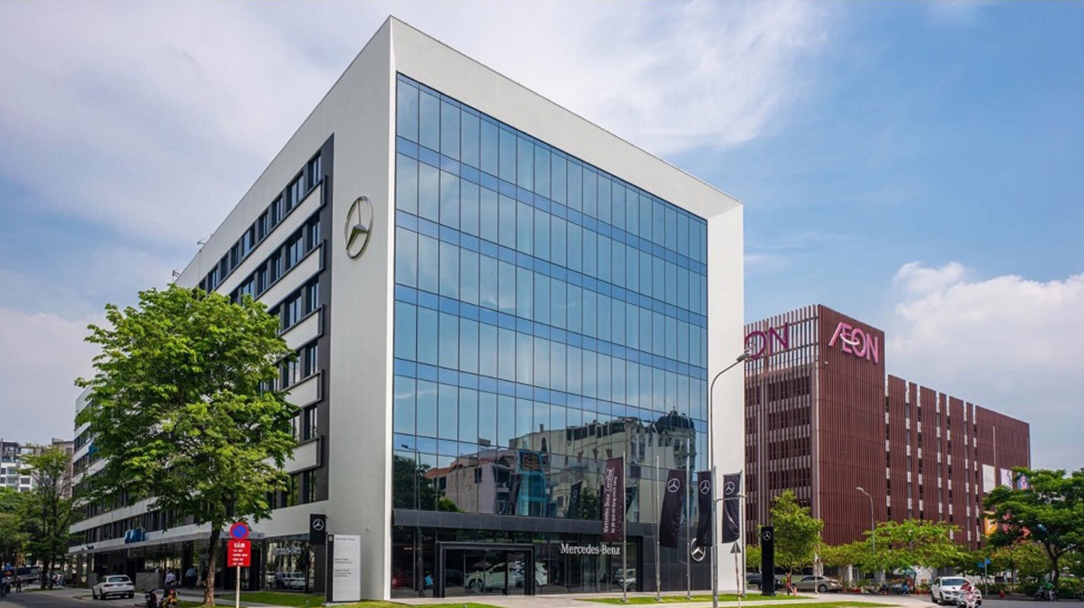
OfficeHaus, situated in Ho Chi Minh City, is recognized as one of the green buildings that have obtained certification. (Source: OfficeHaus)
The number of green buildings in Vietnam has significantly increased. According to IFC (the International Finance Corporation), by the end of 2023, Vietnam had 396 buildings that obtained green certification, with a total Gross Floor Area of 104.7 million sq ft. This marks an increase of 130 buildings from the previous year, with an added Gross Floor Area of approximately 34.7 million sq ft, representing a growth of 30%.
Among these, 154 buildings obtained EDGE certification (Excellence in Design for Greater Efficiency) developed by IFC - World Bank; 151 buildings obtained LEED certification (Leadership in Energy and Environmental Design) developed by the U.S. Green Building Council; 51 buildings were awarded the Green Mark certification developed by Singapore Building and Construction Authority, the remaining 40 buildings obtained other certifications.
Calculated based on building area, green buildings certified with EDGE certification exceeded 11.84 million sq ft, accounting for the highest proportion at 56%, following closely is LEED-certified with approximately 6.69 million sq ft, accounting for about 32%.
Regarding the zones to which the buildings belong, residential areas have the highest proportion of green building certifications, accounting for approximately 39.36%, followed by industrial parks at 34.12%, and office buildings at 10.65%. However, when categorized by building types, industrial projects have the highest proportion at 51.46%.
Vietnam’s construction industry is following the global trend toward carbon reduction, and companies deeply feeling the impact. Vu Linh Quang, CEO of ARDOR Architects Company, stated that since Vietnamese Prime Minister Pham Minh Chinh pledged to achieve net-zero carbon emissions by 2050 at COP26 (the 26th United Nations Climate Change Conference) in 2021, the demand for green building design and construction has increased significantly by 30%.
Quang noted that several types of buildings are beginning to pay attention to environmental sustainability, including office buildings, government buildings, hotels, shopping malls, and factories. Based on Quang's experience, initial investment capital for green buildings may increase by 3% to 8% compared to conventional buildings. However, within 5 to 8 years, owners can recoup the investment and even achieve profitability, due to the efficiency of reduced operating costs and energy consumption of the green buildings.



